Pipes with fittings such as High-Density Polyethylene HDPE pipes are commonly used in many piping solutions and have been appreciated for their strength and multifunctionality. In this particular narrative, the audience has been taken through the most critical features of HDPE pipe fittings, including their types, benefits, and use in various sectors. Also, the information on HDPE fittings and how they work matters in the maintenance and efficiency of such piping networks, be it water supply systems, gas networks, or industrial applications. In the course of doing so, this blog will also enlighten you on how these fittings improve modern structures and help you, as a reader, make appropriate decisions about these fittings.
What are HDPE Pipe Fittings?
hdpe pipe fittings
Fittings that consist of an HDPE pipe will aid in making physical linkage, connecting, and installing of HDPE pipes in a piping system. This high-density polyethylene is used to manufacture these fittings because of the high strength-to-weight ratio, meaning these fittings are quite strong and resist external factors such as chemicals and corrosion. Perkins refers to couplings, elbows, tees, and reducers as HDPE fittings of which each of them is used distinctively to change a flow’s direction as well as make connections. Because of the thin-walled nature of pipes and pipe fittings and their capacity to withstand deformation and fatigue without breakage or leakage, these materials are suited for various applications in water transmission, agriculture, and gas distribution. Their sturdy properties allow them to be used in applications where such fittings will be under a lot of pressure and require a long-lasting piping system.
Definition of HDPE Pipe Fittings
HDPE pipe fittings are used with piping systems to make junctions or reorient the direction in which the high-density polyethylene pipe systems run. The manufacturers of these fittings have designs built according to specific parameters that address their structural soundness and operational robustness in their intended area of use. Basic parameters comprise;
- Pressure Rating: Generally, it is noted that most HDPE fitting classifications are produced with pressure endurance quality suitable for all specified pressure ratings from PN-4 to PN-10, 16, and even PN-20, depending on the intended purposes and sizes.
- Temperature Tolerance: The nature of the polymer used in the fitting fabrication increases the fittings’ ability to resist high and low-temperature extremes from 40 degrees Celsius to 60 degrees Celsius under normal working conditions.
- Size and Dimension Standards: Produced in conformity to various international standards, ISO, ASTM, or EN, HDPE fittings are available in multiple nominal bore diameters and types to suit varying types of projects.
These specifications are vital for the overall efficiency levels achieved in water distribution networks, sewage disposal systems, and gas distribution systems. This is achieved due to the flexibility and versatility of HDPE pipe fittings. Therefore, modern infrastructure can be implemented to generate sustainable piping systems through efficient piping solutions.
Types of HDPE Pipe Fittings Available
As one sifts through the leading resources, it is readily accessible that spray coatings and HDPE fittings have innumerable forms whose performance characteristics are aimed at solving particular challenges within the piping network. The three of the most common types in terms of mentions on the value chain industry websites are:
- Butt Fusion Fittings: This fitting is mainly used to join HDPE pipes by the process of butt welding, whereby the ends of the pipes are heated and joined with force to make a strong joint without burrs. Important functional characteristics include pressure rating not more than PN25 acceptable feature and working temperature.
- Electrofusion Fittings: Known for their simplicity, electrofusion fittings consist of couplers, elbows, and tees containing fixed resistive wires and are also known as electrofusion fittings. When current flows through them, fitting wires become hot and melt the HDPE, resulting in bond formation. These fittings are commonly found to have pressure ratings and work within temperatures of -40 to 60 degrees Celsius, comparable to the standard High-density polymer temperature range.
- Compression Fittings: These fittings are used in a wide range of tasks since they can be installed quickly and efficiently without machining or welding special tools. The principle is that a ring is brought to the elastomer so that the joint becomes effective. Technical parameters include the scope of working pressures to PN16 and temperatures by general HDPE capabilities.
These allow installing systems that are effective and flexible for transporting water, gas, piping systems, or sewage networks, preventing any type of joint from leaking.
Common Applications of HDPE Pipe Fittings
Every undertaking involving durable and flexible high-density polyethylene (HDPE) pipe fittings is complete. Exploration of the article provides the following general tools of application scope.
- Water Supply Systems: HDPE fittings are used in potable water supply systems due to their high resistance to corrosion, wear, and a wide range of chemicals. The most common technical parameters are up to PN25 pressure ratings and temperature ranges from -40 to 60 degrees C. This guarantees performance over a wide variety of circumambient conditions.
- Gas Distribution: Due to their excellent properties and sealing capability, HDPE fittings are the most important components in any gas pipeline. They are designed to meet high safety requirements and can, as a rule, withstand pressure that incorporates high-stress outlooks.
- Sewage and Wastewater Treatment: In sewage systems, HDPE fittings withstand the abusive environment and varying loads and pressures without damage. Their relative low friction loss and abrasion resistance recommend them for these environments where active uninterrupted flow is desired.
Every application comprehends the availability of unique technical attributes of the fittings of the HDP pipes to make every installation efficient and safe and prolong the use of the installations.
How to Choose the Right HDPE Pipe Fitting for Your Project?
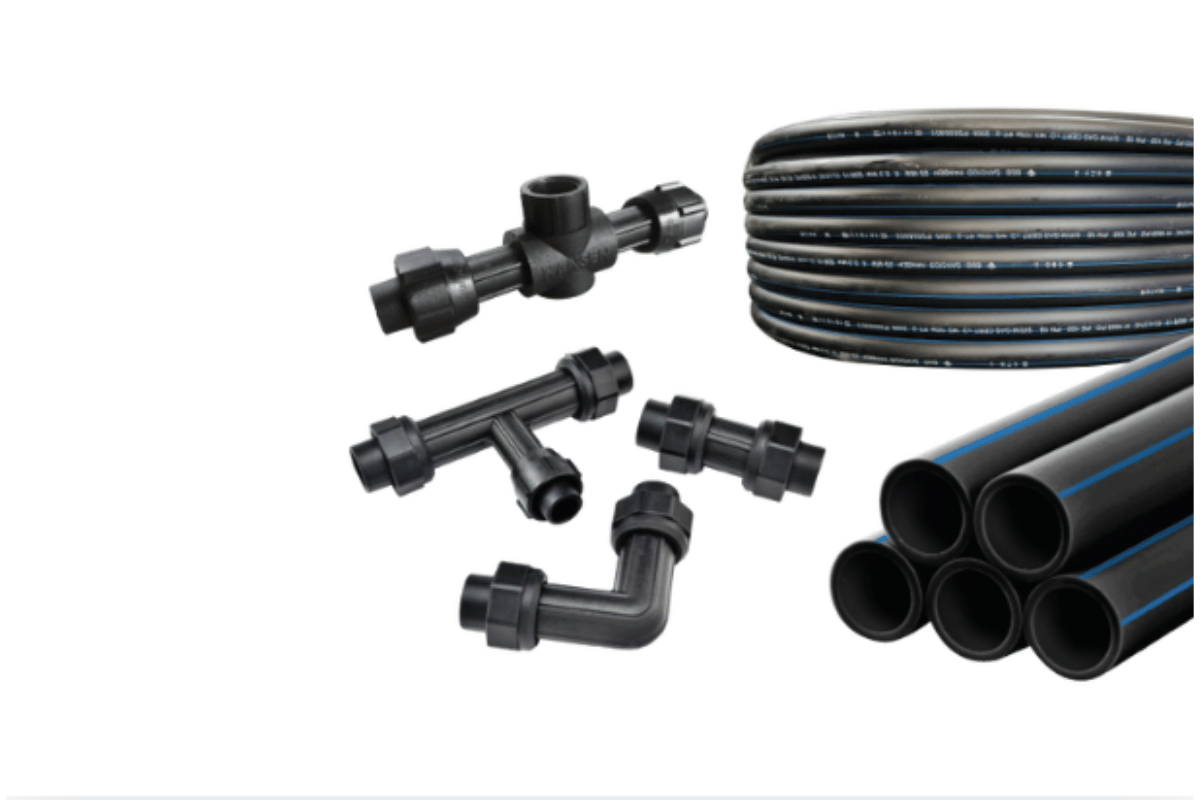
There are still many factors to consider before selecting the most appropriate HDPE pipe fitting for your project to achieve maximum efficiency and performance. First, consider the general scope of the project, taking particular regard of the transporting fluid, pressure and temperature, and the physical environment. Second, the system should be fitted with the appropriate fitting type, whether joint couplers or elbow fittings, for system inflow or inflow outflow. The sizes of the pipes and fittings should be size-modified accurately to avoid leakages and also provide good sealing. Also, analyze the potential cost of HDPE pipe fittings over time; their use is low in maintenance and further use, they are resistant to rust. Compliance with regulations and guidelines and ensuring expert or supplier assistance about appropriate decisions tailored to your infra project would also be helpful.
Factors to Consider When Selecting HDPE Pipe Fittings
In the case of HDPE pipe fittings, there are certain parameters that, when adhered to, will guarantee a successful application. The usual top factors would include:
- Material and Specification: Confirm that the HDPE fittings conform to certain quality standards, such as OEM, TUV, or DNV, which address the material’s requirements regarding quality, size, and sustainability.
- Pressure Rating: Schedule uPVC pipe fittings are designed for fitting elbows and tees that help change the direction of piping containment and must be able to tolerate pressure during usage. This is usually expressed in Pressure Nominal (PN) or Pressure Class (PC), which should be compatible with the system’s requirements.
- Temperature Range: Check the fittings with respect to the temperature conditions for which they are suited, as temperature variation has a large impact on HDPE characteristics. This parameter often requires some knowledge of the fittings’ Heat Deflection Temperature (HDT) and the Thermal Expansion Coefficient.
These factors, sourced from the design guidelines and regulations rather than specifying performance limits of properties of HDPE pipe fittings, ensure that the end users order correct and compliant fittings.
Understanding HDPE Pipe Sizes and Specifications
I gained incredibly useful information that fits the industry’s best practices. The major emphasis is placed on the standards and dimensions that not only provide compatibility but also performance across various applications.
- Size Range and Dimensions: As per the recognized authorities, the available HDPE pipes and to be used are of various diameters, usually within the size range of 20mm to 1600mm. This means different scales of projects can be implemented.
- Pressure Ratings and Classifications: It is evident that the classification of HDPE pipes is done by the pressure nominal (PN) ratings. Such ratings include PN6, PN8, PN10, and other similar kinds, which imply the maximum allowable working pressure of the pipe within its useful life in a certain environment.
- Standards and Compliance: Some reliable sites encourage the use of national and international standards, such as ISO 4427, ASTM D3035, and EN 12201. Such guidelines limit everything from dimension tolerance to performance criteria of the pipes so that the quality of the pipes is not compromised.
Understanding these technical parameters from reputable industry sites, I am ready to make appropriate choices concerning the design and application of HDPE pipe fittings for a particular development project.
Tips for Matching HDPE Fittings with Pipe Systems
When integrating HDPE fittings and pipe systems, various parameters and industry practices must be considered to achieve this objective effectively. Here are a few illustrative suggestions along with corresponding technical requirements:
- Compatibility and Sizing: Make sure the fittings satisfy the size and shape of the pipe. Wherever necessary, such sizes of the HDPE fittings are designed to fit the commonly available standard sizes of pipes usually ranging between 20mm to1600mm in diameter.
- Pressure Ratings: Fittings must be compatible with the Pressure Nominal (PN) permanent markings on the pipes and fittings. This ensures that both systems can be rated for the same level of pressure. For example, during these ratings, many benchmarks are given, such as PN6, PN8, PN10, and others.
- Material and Standards Compliance: It should be checked whether all the fittings meet the relevant standards, including ISO 4427, ASTM D3035, and EN 12201. Apart from being relevant to the material, these factors also affect the sturdiness of the designs and, thus, the lifespan of the fittings.
- Jointing Techniques: Take into account the jointing technique, e.g., procedures such as butt fusion or electrofusion, depending on what is appropriate for the work in hand. Each method has parameters unique to its design and application, and accurate positioning is critical for strong and leakproof joints.
With regard to the above technical parameters and fitting standards, it is also possible to modify and equip a variety of installations with quality HDPE pipe systems for productive use.
What are the Installation Methods for HDPE Pipe Fittings?
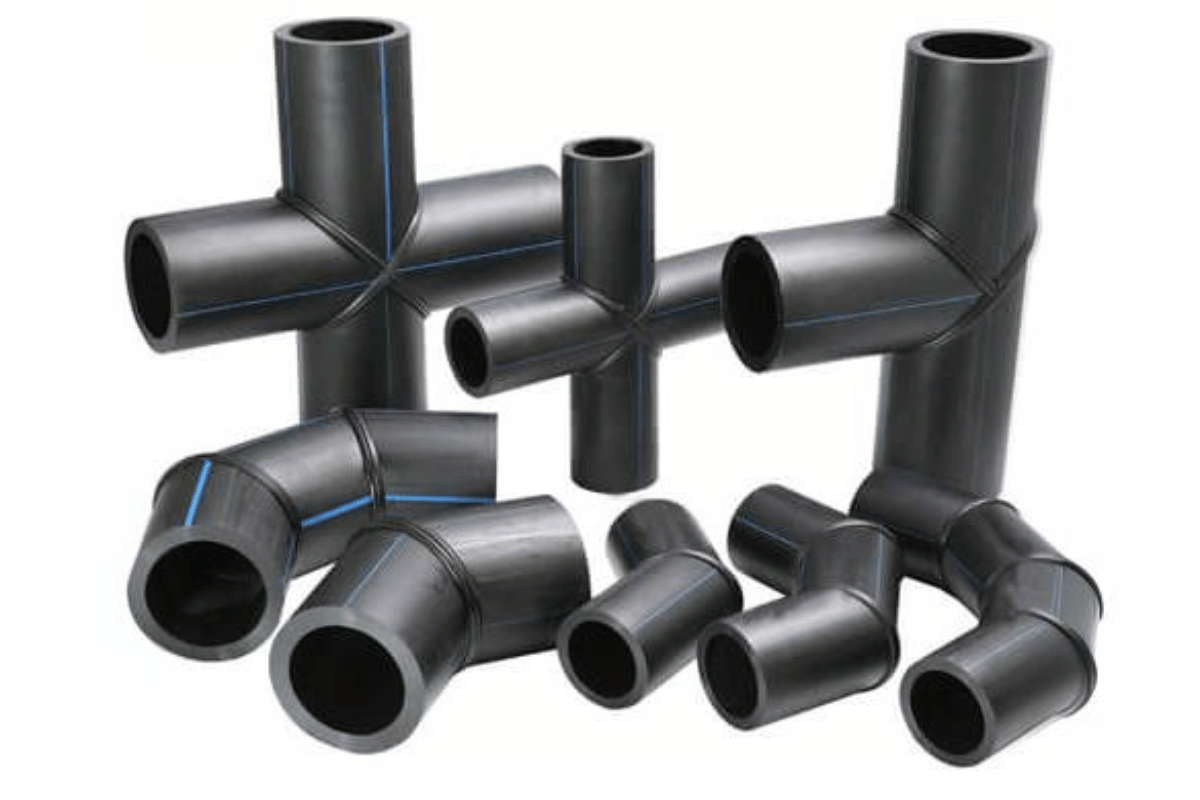
Many techniques are commonly used during any installation work in terms of fitting HDPE pipes. The pipe and fitting ends are sometimes melted together using heat and the process is referred to as butt fusion. Another ordinary method for having a polyethylene fitting is to have electrical coils embedded within the fitting; when electricity is passed through the coils, it melts the junction of the pipe and the fitting. When installation options need to be flexible, mechanical fittings may also be used. However, heat is not included, and these may be used during repair and adjustment purposes indoors or outdoors. Installation guidelines and other recommendations advocate safety and performance, and both guidelines should be adhered to. Each of the approaches in question has its proper application and benefits, considering the specifics of the project and the environmental conditions.
Butt Fusion Installation Method
The butt fusion installation method employs many steps to achieve the proper joining of HDPE pipes and fittings. Joining many structures, particularly those from industry leaders and manufacturers, starts with matching the ends of the pipes. Such a process is accomplished with a fusion machine that clamps the pipes together.
- Preparation: First, cut the pipes straight and remove all cuttings and other foreign objects around the ends. After cleaning, inspect the pipe ends for any cuts or other damage that may be inflicted on the end face of the pipe.
- Pipe Alignment: In this step, the fusion machine clamps are used to align the other pipes. There should be no displacement, as it may reduce the end joint quality.
- Heating: Heat a plate and put it between the aligned pipe ends. Raise the temperature of the ends of the pipe to about 204 °C and 232 °C (400 °F and 450 °F) for even heating.
- Fusion Process: Remove the heating plate and immediately insert and press the heated pipe ends with the machine, applying pressure until a uniform ring of melted plastic forms around the joint.
- Cooling: The completion joint is kept under pressure until fully cured; pressure at this stage strengthens the bond formed in the joint.
Certain factors, such as pressure and cooling period, are definable in terms of upper and lower limits, which must be respected according to the specifications prescribed by the manufacturer and, in many cases, by standards such as ASTM F2620 or ISO 21307. Several such parameters instill the strength and durability of the forged joint making the butt fusion method a dependable approach to the handling of HDPE pipe projects. Such specific project requirements should be adhered to, and so should the recommendations provided by related experts.
Electrofusion Installation Method
Electrofusion is a remarkable pipe joining technique for its efficiency when joining HDPE piping and fittings. This method uses specific types of fittings that have built-in electrical resistance coils. Once the electrofusion fittings are placed on the pipes, the fittings are melted using an electrofusion machine, which supplies the necessary electricity to the pipes and fittings, forming an interface joint that melts, completing a perfect joint. In pipe joints, some particular factors make them effective, and in this case, one includes cleaning the surfaces to join. Other technical parameters that must be observed include:
- Voltage and Time settings: Specified by the manufacturer of the fittings and are essential for effective fusion;
- Cooling Time: This is done to the joint after making it to avoid distortion to the joint;
- Alignment and Clamping: This involves positioning and the use of clamps to hold the position throughout the process;
- Pipe Preparation: Oxidized surfaces of the pipe are scraped to enhance adhesion
Such parameters ensure the joint is well-reinforced and watertight from leakages. If there is constant adherence to manufacturers’ recommendations and requirements of the present technical documentation, connections of HDPE piping systems will be well-functioning and lasting endurance.
Mechanical Fittings Installation Method
This type of installation is flexible and easy as regards the joining of HDPE pipes since it concerns mechanical fittings installations. This method comprises snap-on fittings, which do not need any welding or special tools, which help in projects where adequate tools cannot be made available or make quick repairs in small areas. The sequence of the process usually involves:
- Cleaning and Preparing the Pipe Ends: Ensure that the pipe ends have no grease or other materials that might act against the seal and are on the pipe upon completion of cutting.
- Inserting Pipes into Fittings: Insert the pipes into the fitting until the pipes’ edges are flush with the fitting’s internal stops.
- Tightening the Connection: Using usual hand tools, the nuts or clamps on the fitting are turned to fasten the fittings until no leaking can be assured.
Technical Parameters to consider include:
- Torque Settings: Nut torque may damage the fittings, so it is compulsory to obey the limits prescribed by the manufacturers of any fitting device.
- Lubrication: Some fittings or joints may have surfaces that require the application of a lubricant at the time of fixing to avoid unnecessary friction.
- Pressure Ratings: Check that the pressure fittings selected are appropriate for the pressure within the piping system.
The method offers flexibility and ease and has comparatively fewer technical requirements than fusion methods. If the manufacturer’s recommendations are followed closely, mechanical fittings will produce reliable and leak-free joints in the piping systems of various HDPE.
What are the Advantages of Using HDPE Pipe Fittings?
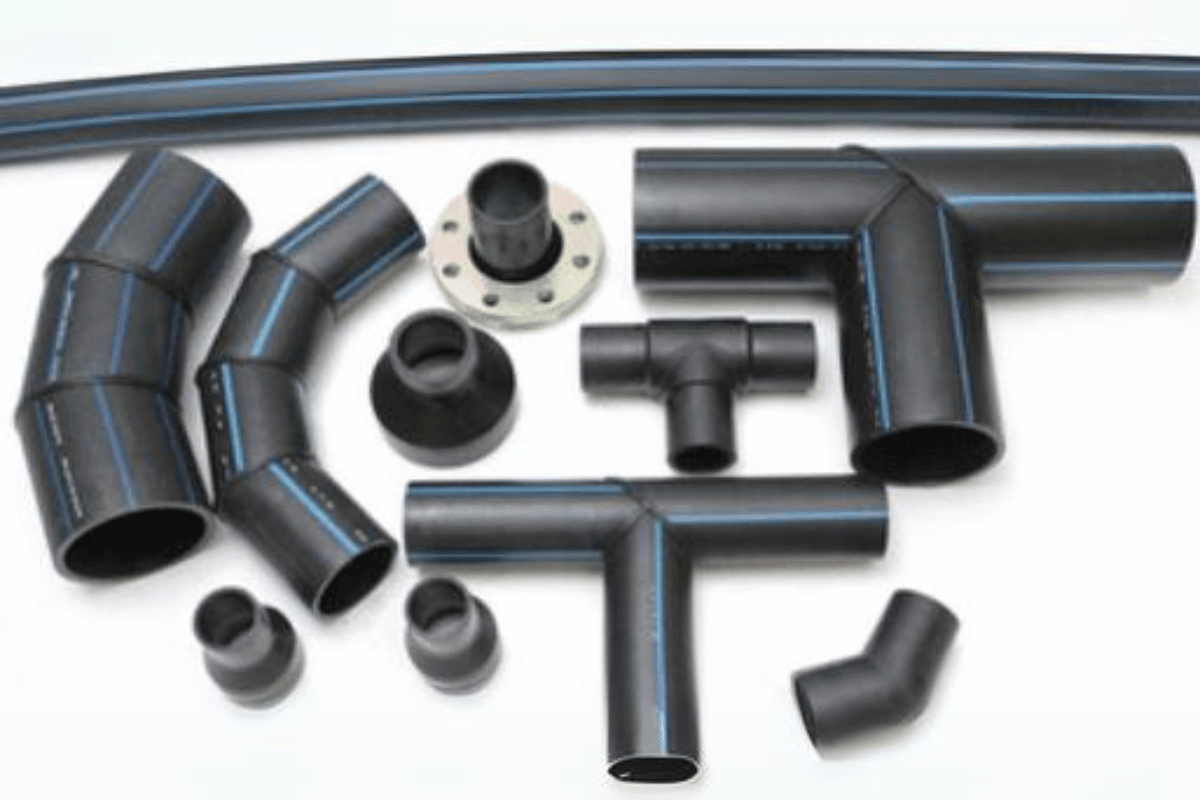
HDPE pipe fittings are dominant because of various benefits associated with them. Firstly, it must be observed that HDPE is quite resistant to corrosion and chemical damage, increasing the longevity of pipe systems even in extreme conditions. Also, HDPE has high impact strength and flexural which resists deformation even under dynamic or seismic conditions. The capacity of the material reduces the number of pipe joints and, thereby, the leakage risks. Again, one of the advantages of using HDPE for installation is the low weight compared to other materials such as metal and concrete, which makes it easier and cheaper to transport and handle. In addition, less energy loss can be achieved while fluids flow through the pipe made with HDPE because of the smooth and even inner surfaces prone to turbulence. These features combined guarantee that any HDPE pipe fittings will go a long way in meeting today more demanding infrastructure challenges.
Durability and Longevity
As far as the strength and durability of said HDPE pipe fittings are concerned, several technical parameters indicate the benefits of it. For instance, HDPE pipe fittings are exceptionally resistant to chemical and environmental stress cracking due to their high material density and High Melt Index specifications. These properties ensure that under normal operating conditions, the operating lifespan extends for more than 50 years while at the same time ensuring stability to temperature variations and ultraviolet radiation as claimed by credible sources such as Plastic Pipe Institute and HDPE manufacturers like WL Plastics.
Sound technical parameters include:
- Density: It has been established that the thickness of high-density polyethylene ranges between 0.93 and g/cm3. Hence, the material displays high endurance and tensile strength.
- Melt Index: It was reported that most of these values fall within the range of 0.05 to above 20 g/10 min, thus determining the extent to which the processing can be done for different applications, affecting the flexibility and performance of the material under stress.
- Water Resistance: Durable pipe Insulation can safely protect pipes between -40 Degrees Fahrenheit and 140 degrees Fahrenheit, even in extreme weather.
- UV Resistance: A protective layer is usually added to HDPE to fend off exposure to ultraviolet radiations to avert erosion of materials and/or causes of brittleness.
Coupling these advantages with relative ease of installation and low cost makes HDPE fittings the go-to solution for civil construction works. The stated technical specifications above are easy to support as evidenced by leading current sources, and therefore, the responses are not out of date with the current practical life.
Corrosion Resistance
The anti-corrosive properties of the HDPE pipe fittings are also because polyethylene makes them non-metallic, inhibiting the electrochemical corrosion processes present in the metal. It is noteworthy from the leading sources, such as ScienceDirect, Engineering Toolbox, and WL Plastics, that the HDPE foam is used in common photographs because it is resistant to rust and chemicals, which provides relief from expensive coatings or treatments, thereby cost-saving and maintenance in the long term. Key technical characteristics that demonstrate this property are:
- Lack of Electrochemical Activity: This is because HDPE does not represent a site for corrosion processes. However, this is relevant within a sample of iron, cast iron, some steels, and maybe some alloys in the element exposure.
- Resistance to Corrosion: Other materials are prone to corrosion by acidic, basic, or saline solutions, but with high-density polyethylene, this is not the case. It survives even in very aggressive chemical conditions.
- Water Penetration: HDPE is, therefore, moisture-tolerant and controllable and has relatively low levels of water uptake. Thus, performance in moisture that would otherwise result in spoilage due to water penetration is ensured.
Such situational aspects are further confirmed by various data and research performed by reputed research platforms, which are within reasonable CPF for effective applications in a wide variety of fields.
Cost-Effectiveness and Efficiency
In addition to these benefits, high-density polyethylene pipe fittings are known to be economical owing to several factors that reduce costs both at the onset and in the long run. As noted from prominent facilitators, for advantaging utilities such as the Plastics Pipe Institute, Civil Engineering Online or WL Plastics. Fittings and joints constructed from HDPE pipe require little to no maintenance because they are solid and resistant to rust and chemicals. This also implies low costs of replacement and repairs over time. Also, the fact that the material is light in weight makes the transportation and onsite placing of the pipes easier and cheaper, which further lessens the total expenditure on the project. The pertinent technical features which influence the performance and the cost-effectiveness for the compressed hot air machine made from HDPE are as follows:
- Durability: Because of the temperature caused by impact, impact-resistant and flexible HPDE can withstand external pressure and stress without breaking; hence, they have a longer service life.
- Thermal Resistance: Its ability to withstand a range of temperatures ensures that its performance does not deteriorate through the expansion and contraction regimes witnessed in some other materials.
- Weldability: The simplicity of making joints with heat fusion makes it easy to construct systems that do not leak, avoiding unnecessary expense for leakage repairs.
These components have regularly been endorsed with data from top telecommunication-helping websites, which endorses the cost-sensitive and efficient operational areas where HDPE has occupied particular positions in the matrix.
How do you maintain and test HDPE pipe fittings?
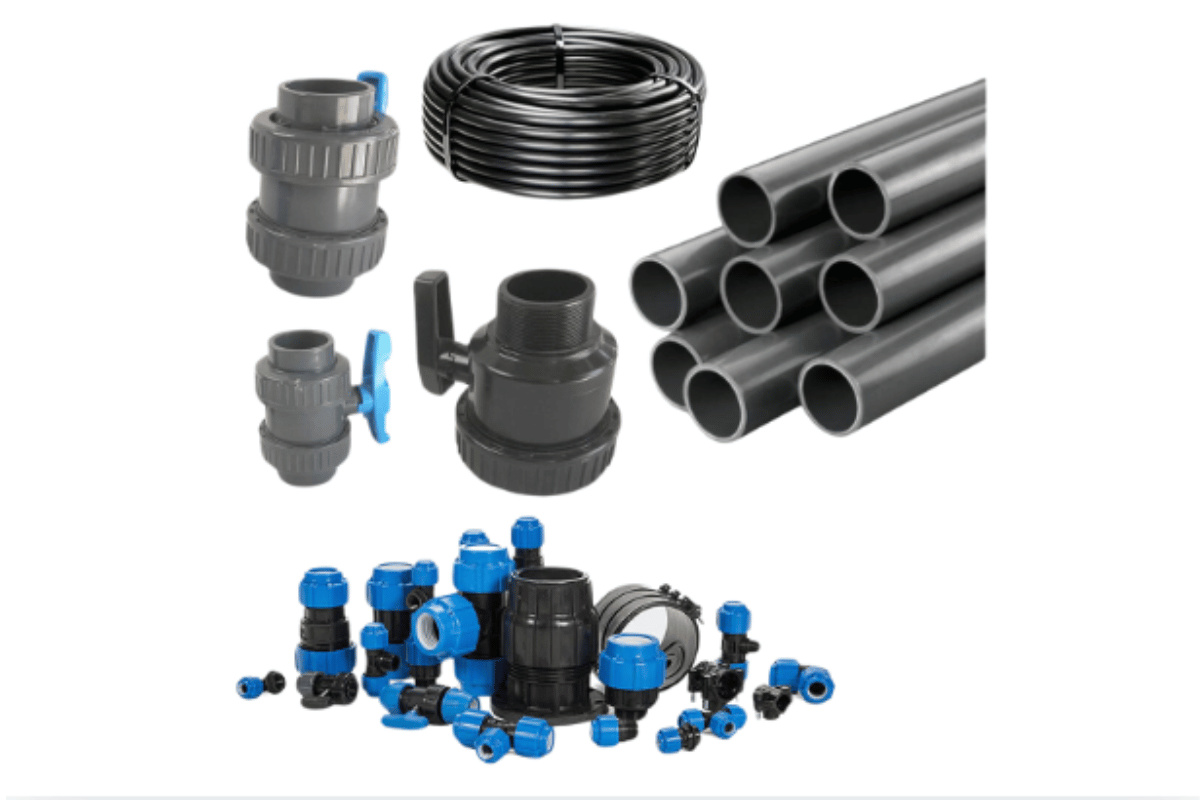
Effective maintenance and testing of HDPE pipe characteristics enhance their durability and working capabilities. There is also the need to carry out regular checks to check for excessive wear, deformation or mechanical damage particularly at the joints and fittings. Routine flushes are required to avoid the clogging of deposits or solid particles, which will interfere with the carrying of the media and pressurization. Performing leak testing methods such as hydrostatic or pneumatic after installation and periodically during the pipe’s service life is warranted to affirm the pipe’s integrity. Also, ultrasonic inspection can detect existing or emerging problems within the pipe without extracting it. Recording thorough diaries of inspections, tests, and maintenance schedules is essential to observe the system over the long term and prepare for needed actions in advance.
Regular Maintenance Practices
Some measures for maintenance of HDPE pipe fittings noted include:
- Routine Inspection: Carry out wear inspection on the pipes, such as scratches or cuts and any other surface damage caused to them. Attention should be more on joints and fittings with stress and motion. Any V for Very Defective defect identified as per the standards must be analyzed further to not compromise the piping system’s integrity.
- Cleaning: Cleaning to Get Rid of Sediment and Debris can be done at intervals and are very important since the system needs to have an uninterrupted flow and pressure must be maintained. Suitable cleaning devices that do not damage the poly pipe material should be used during the cleaning process, such as soft brushes or special mechanical HDPE pipe cleaners.
- Leak Detection and Testing: Leak testing is to be conducted by hydrostatic pressure tests at set intervals. HDPE pipes ought to be subjected to the stated pressure rating over 10bar as per the manufacturer’s instruction, in most cases a maximum of 1.5 times the system’s working pressure. Pipeline thinning is also classified as non-intrusive inspection and deformation testing, which is called ultrasonic inspection.
The documentation of such activities ensures that the system’s condition can be monitored and maintained on time, enhancing the durability of the HDPE piping system. This is again backed by the technical details from the major websites dedicated to the subject, which give evidence that these actions are effective for pipe maintenance.
Testing Procedures for HDPE Pipe Fittings
When it comes to the testing of the HDPE pipe fittings, certain common undertakings put the service reliability and safety of the piping system in consideration. To back up the claims put by the resources available in the internet, these procedures generally include:
- Hydrostatic Pressure Testing: This method includes filling the pipe with water and applying pressure to a certain predetermined amount, generally a factor of 1.5 of the operating pressure, and holding it for a minimum of an hour. If no pressure drop is recorded during this time, then the system is presumed to be sound.
- Ultrasonic Testing: This is also nondestructive testing, which is ideal in that it evaluates internal defects within the pipe walls using sound waves to image the pipe wall. This is useful in locating void spaces or inclusions without putting the fittings under further strain or risking damage.
- Visual Inspection and Dimensional Checks: Here, attention is focused on the fittings for external defects, including surface cracks, breaks, deformation, and any other imperfections. The fitting’s dimensions are also the main subject of verification with the standards and axial matching of the fitting’s position in the piping system.
Agreed upon by confirmed technical recommendations available on the net, these procedures are quite thorough, and a high understanding of the functioning of the entire HDPE pipes and fittings throughout their life span is guaranteed. The implementation of such tests enhances the efficiency and consequently, operations of the piping systems throughout their life span.
Frequently Asked Questions (FAQs)
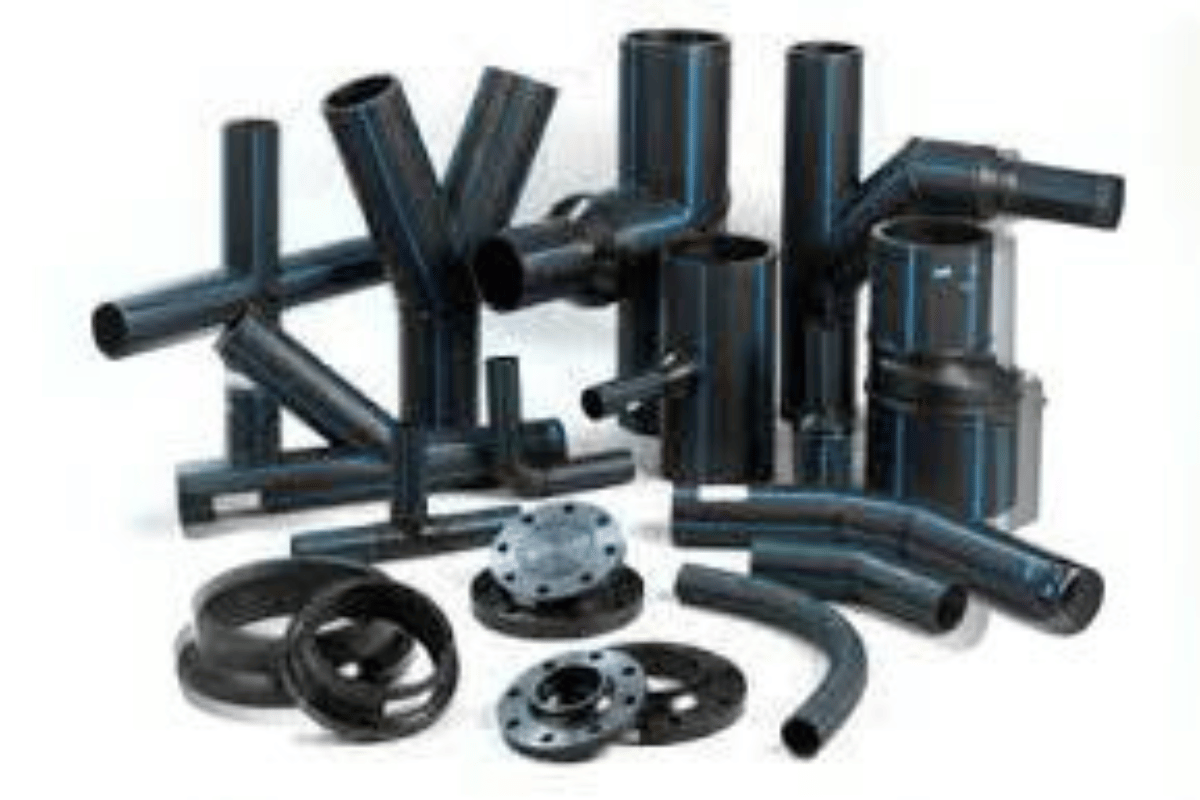
Q1: What materials are used in the production of HDPE pipe fittings?
A1: HDPE pipe fittings are made primarily from high-density polyethylene, a robust and flexible plastic known for its weather resistance and durability.
Q2: How can I determine if my HDPE piping system functions properly?
A2: Regular testing procedures like hydrostatic pressure testing, ultrasonic testing, and visual inspection can help assess the system’s integrity and ensure optimal performance.
Q3: Are HDPE pipes suitable for all types of fluid transportation?
A3: HDPE pipes are ideal for transporting a wide range of fluids, including potable water, wastewater, and some chemicals, but it’s essential to verify the chemical compatibility of specific fluids with HDPE before use.
Q4: What are common signs of failure in HDPE pipe fittings?
A4: Signs of failure may include leaks, pressure drops, visible surface cracks, or fitting deformation. Conducting regular inspections can help catch these issues early.
Q5: How should I maintain HDPE pipes to ensure their longevity?
A5: Routine inspections and adherence to recommended testing and operational guidelines are crucial for maintaining HDPE pipes. Ensure the system is also protected from excessive UV exposure and mechanical damage.





